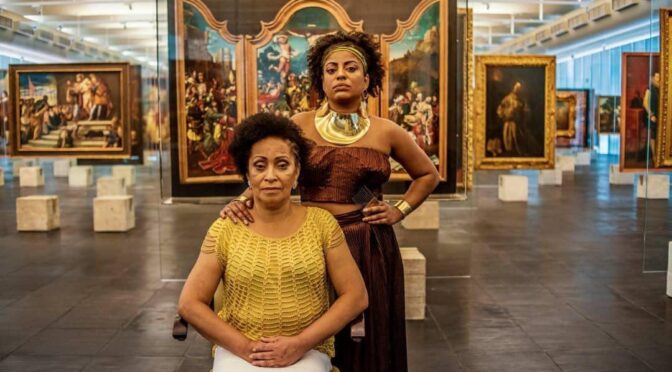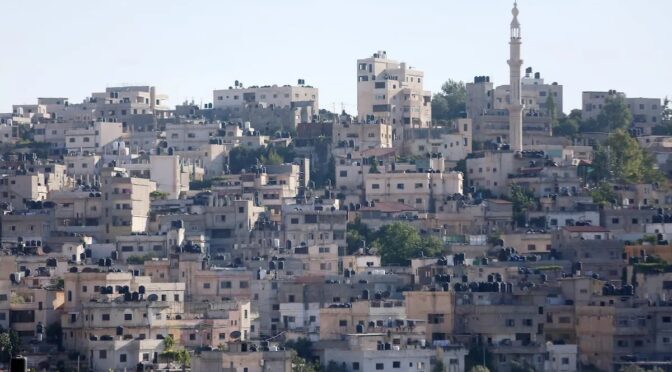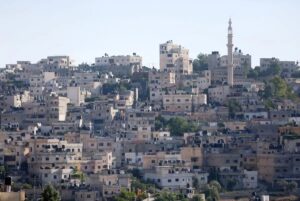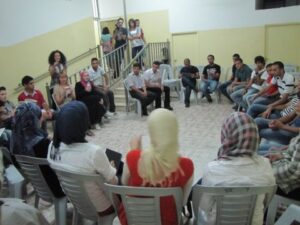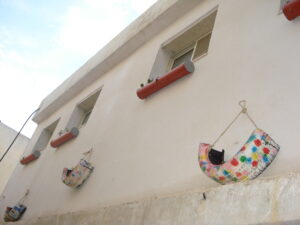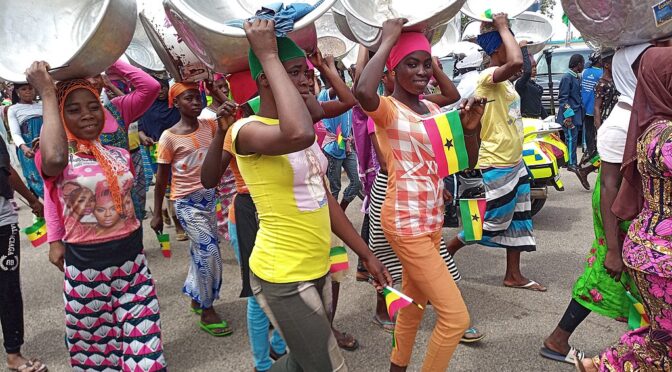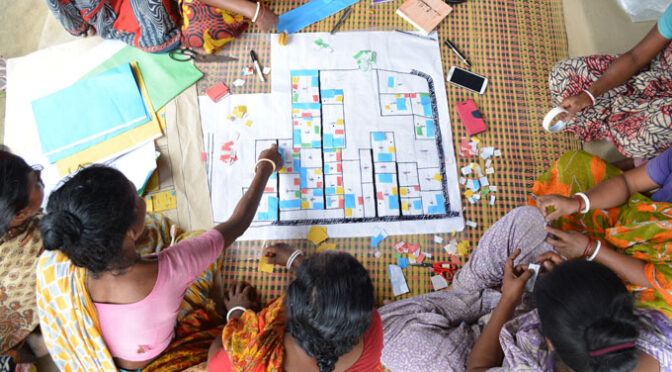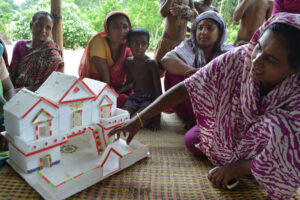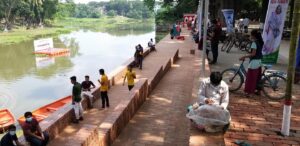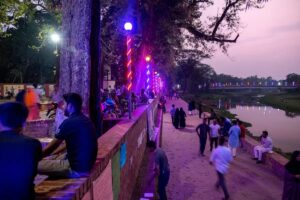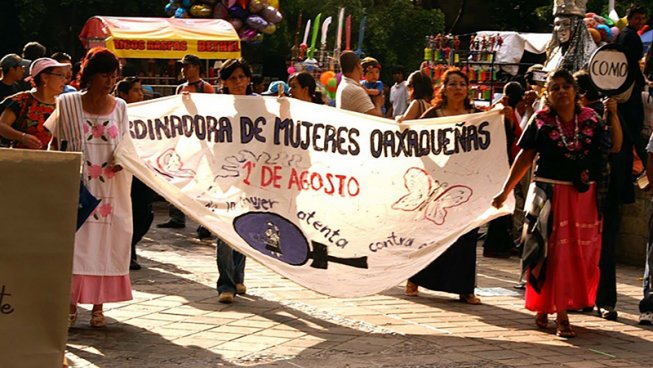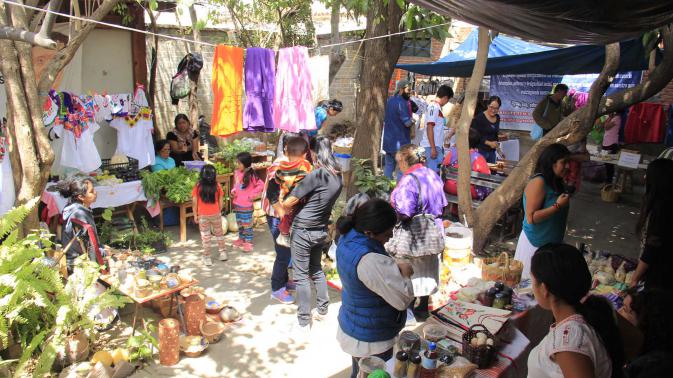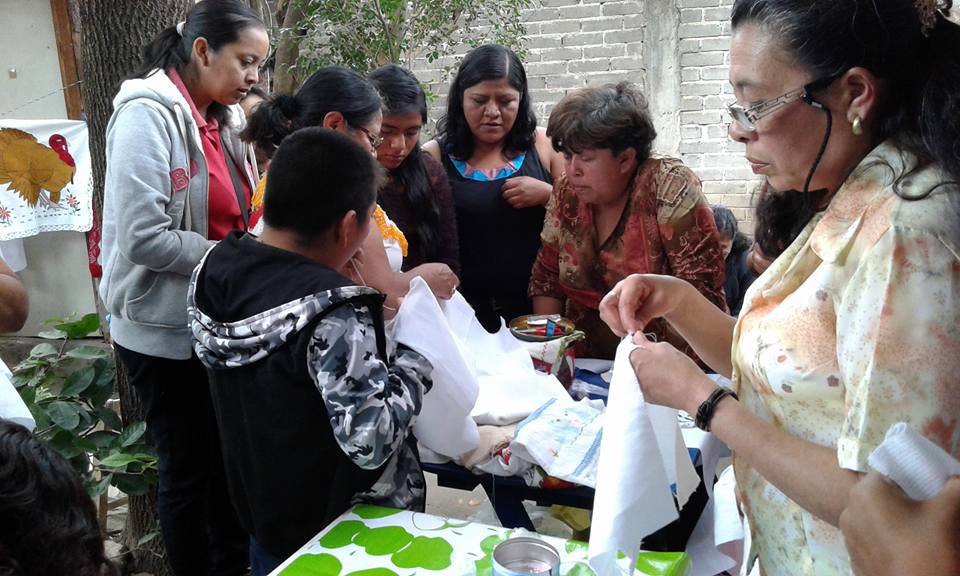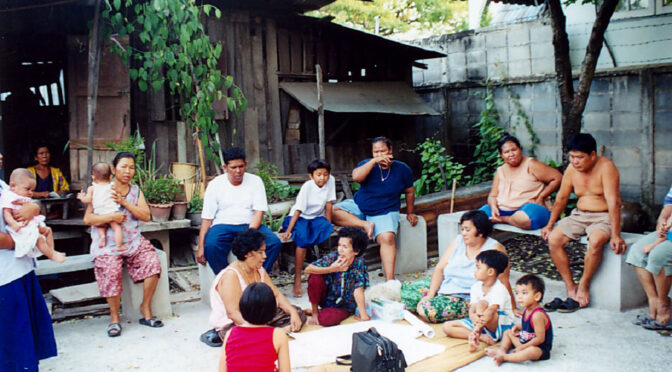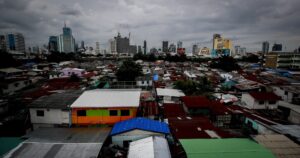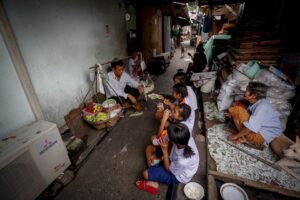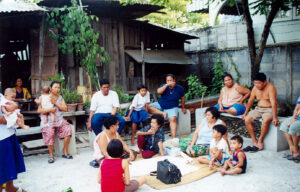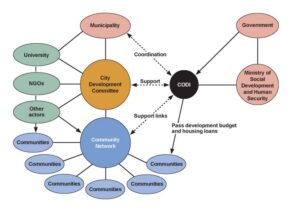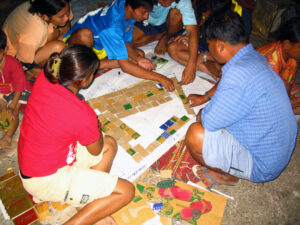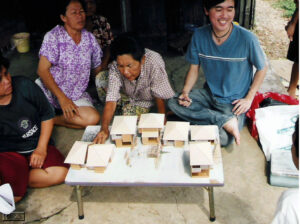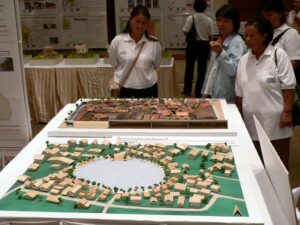Reshaping São Paulo’s Centre Through Informality, Insurgent Planning and Art
By Luciana Lemos
Introduction
Ocupação 9 de Julho is a building occupied by the Movimento dos Sem Teto do Centro (MSTC) in São Paulo, Brazil. MSTC, one of the main popular movements in São Paulo, aims to guarantee the constitutional right to housing and promote social reform that democratizes the right to the city. MSTC occupies ten buildings in the center of São Paulo, and the Ocupação 9 de Julho has become a symbol of the struggle for housing in the city. The building had been abandoned for over 20 years and was occupied by the MSTC in 2016. The movement’s leader, Carmen Silva, and her daughter Preta Ferreira, among other leaders, have been persecuted by the State for years. However, the occupation received strong support from members of civil society, artists, activists, politicians, and intellectuals.
Today, Ocupação 9 de Julho is home to 124 families totaling approximately 500 residents. The place has become an important meeting point and a center for the production and exhibition of artistic works. Besides a library, a garden and a communal kitchen, Ocupação 9 de Julho has a space decorated with several famous works of graffiti, the Reocupa art gallery, which promotes art exhibitions by renowned artists, and a cinema. Over the years, MSTC has promoted important cultural events, such as the “Virada Cultural da Cidade” and the Children’s Film Festival, and the Reocupa art gallery serves to connect artists with the inhabitants of 9 de Julho and the residents of the São Paulo city center.
Analysis
Founded in 2001, the MSTC has emerged as a counterpoint to the intense real estate speculation in Brazilian cities and especially São Paulo. According to the United Nations, there is a housing deficit in Brazil of around 7.7 million, of which about 5.5 million are in large urban centers. At the same time, the last census carried out in Brazil in 2010 showed that there were around 290,000 vacant properties in the central region of the city of São Paulo.
This lack of access to housing coupled with the prevalence of vacant properties is a product of the contradictions of capitalism in the production of city spaces. Mehta (2016) states that neoliberalism operates through city spaces to promote the best environment for business and financial investments. In this sense, city spaces are restructured to privilege the elites’ aspirations and to fulfill the desire to transform these cities into global cities (Mehta, 2016). The city then functions as a “kind of laboratory for a variety of neoliberal policy experiments,” with the withdrawal of the state from many areas of social provision which in turn leads to dispossession and poverty (Mehta 2016).
In contrast to this city model, the MSTC works to mobilize and organize homeless families fighting for decent housing, demanding that the Brazilian state fulfills the constitutional right of access to housing and corrects decades of failures in urban housing distribution. The housing occupied and administrated by MSTC is characterized by democratic management, which keeps the places full of life and reduces the social vulnerability of homeless residents. Through cultural and educational programs, the Ocupação 9 de Julho seeks to break the barrier of social segregation, bringing together residents and visitors around the same cause: the right to a dignified life in the city.
In this light, the artistic events promoted in Ocupação 9 de Julho are catalysts for cross-cultural conversations, providing a dialogue between the inhabitants of the occupation, members of civil society, and city authorities which may lead to an important healing process. As Sandercock and Attilli (2014) describe through their case study of the indigenous community of Burns Lake in Canada, the use of art may open the way for delicate conversations, promoting knowledge while recognizing the nature and scope of a problem. The artistic events promoted in Ocupação 9 de Julho thus provide “therapeutic planning” (Sandercock and Attilli, 2014) by enabling meetings and conversations about exclusion, invisibility and the struggle for a fairer city. Through their critical use of art, the leaders of the occupation reaffirm the existence of those who were previously invisible in Brazilian cities (Caldeira, 2012), exposing the discrimination faced by this population, calling attention to the housing problem, and sparking action.
Implications
Neoliberal planning ideology associated with the diminished role of the state has failed to encompass the informality and insurgency of cities in the Global South (Kinyanjui, 2014). Instead of focusing on investments in social programs and services that meet the needs of the most vulnerable classes, urban development projects are designed to serve the interests of the elites (Mehta, 2016). Planning standards “separate informality from questions of social justice that are crucial to its existence” (Kinyanjui, 2014), thus deepening the problems associated with housing deficits in cities in the Global South (Kinyanjui, 2014).
In the current neoliberal context, different “insurgent planning” practices thus become even more significant in the struggle for the democratization of cities (Miraftab, 2009) by resisting, contesting, and proposing alternatives to neoliberal means of domination. Insurgency and informality contribute to shaping the city by embracing local dynamics and realities and circumventing the neoliberal model of the city, calling for a new examination of the uniqueness and values of “subaltern cities” (Miraftab, 2009).
The Ocupação 9 de Julho breaks with this neoliberal construct of the city by providing a new housing model, allowing poor people to reside in a space previously reserved for the elites. The artistic production of the occupation, in turn, inverts the logic of capital by emphasizing the people’s struggle for a dignified life instead of praising a Western model of the city. These works arouse feelings and perceptions, reflecting a way of life and a city different from that idealized by the elites. The case of Ocupação 9 de Julho shows that artistic works can serve as important instruments for reshaping the city, promoting connections between people and transforming previously abandoned spaces into democratic places of socialization. Furthermore, these artistic works emphasize a typically Brazilian aesthetic, language, and philosophy, which Kinyanjui (2014) considers essential for decolonizing the traditional planning model.
Finally, by means of insurgent planning, though, Ocupação 9 de Julho transforms the institutionalized practices of contemporary urban planning by emphasizing civil society practices of governance. Moreover, through art, Ocupação 9 de Julho brings to the center of the debate the idea of social justice, which Miraftab (2009) perceives as fundamental in the theorization of urban planning. Thus, making use of insurgent practices, the Movimento Sem Teto do Centro (MSTC) reconfigures the idea of justice based only on equal rights, emphasizing a new concept of justice based on the recognition of differences and their policies. In doing so, the movement questions the role of political representation, claiming its space as an actor capable of reconfiguring the spaces and paving the way for a more just and democratic city.
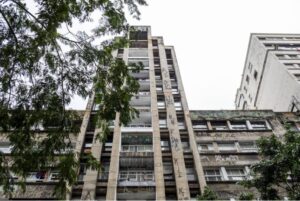
Facade of the Ocupação 9 de Julho building, in São Paulo, Brazil. Source

Courtyard of the Ocupação 9 de Julho. Festival of Politics and Culture “Hope will overcome fear”, 2022. Source
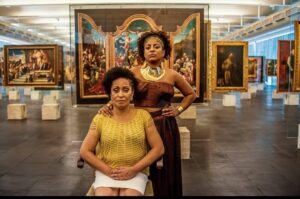
Carmen da Silva and her daughter, Preta Ferreira, leaders of the Movimento Sem Teto do Centro (MSTC). Source
